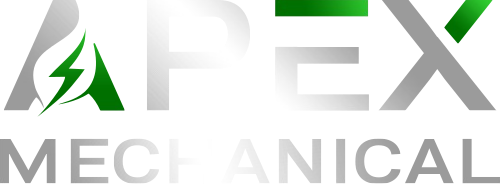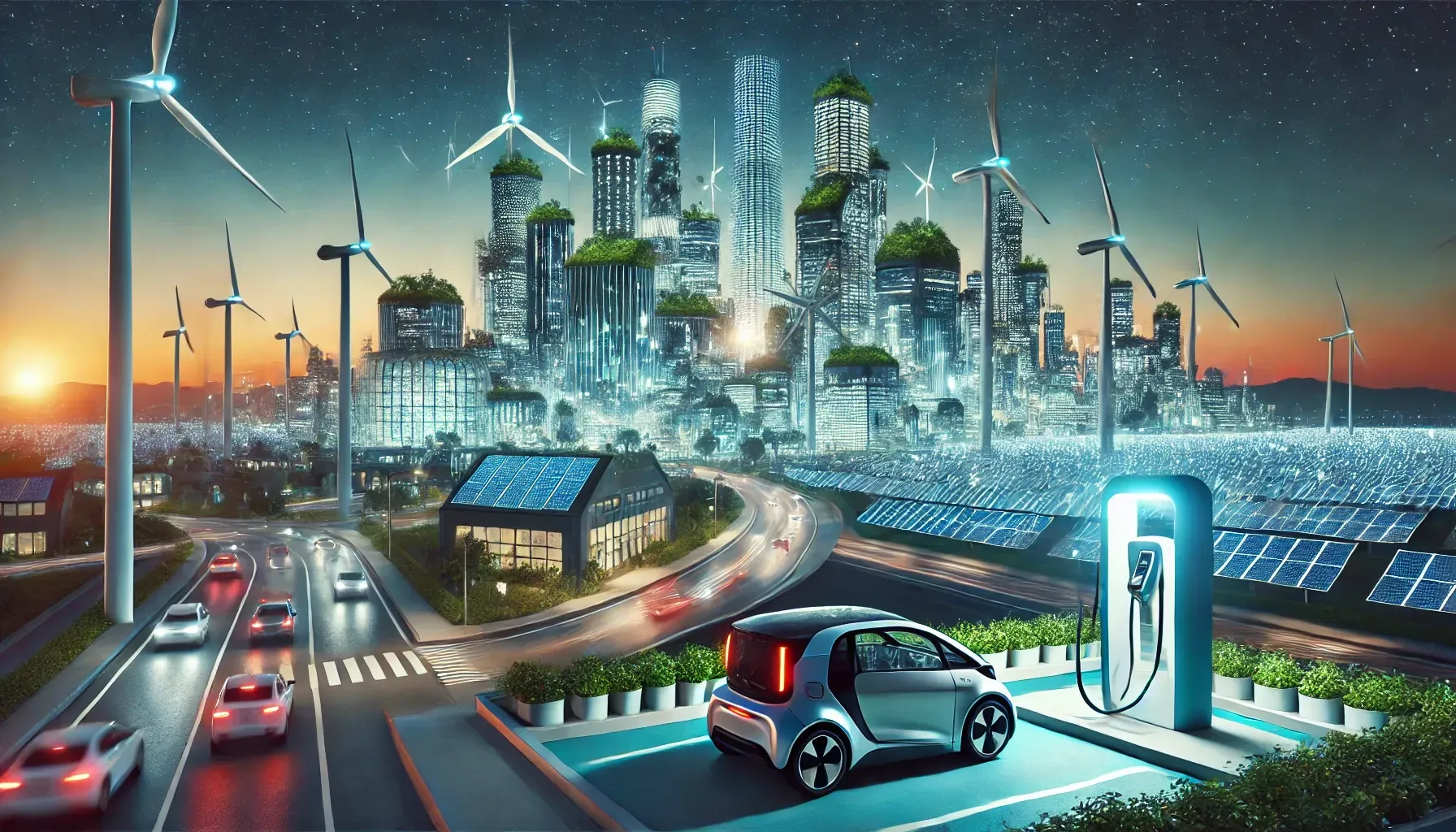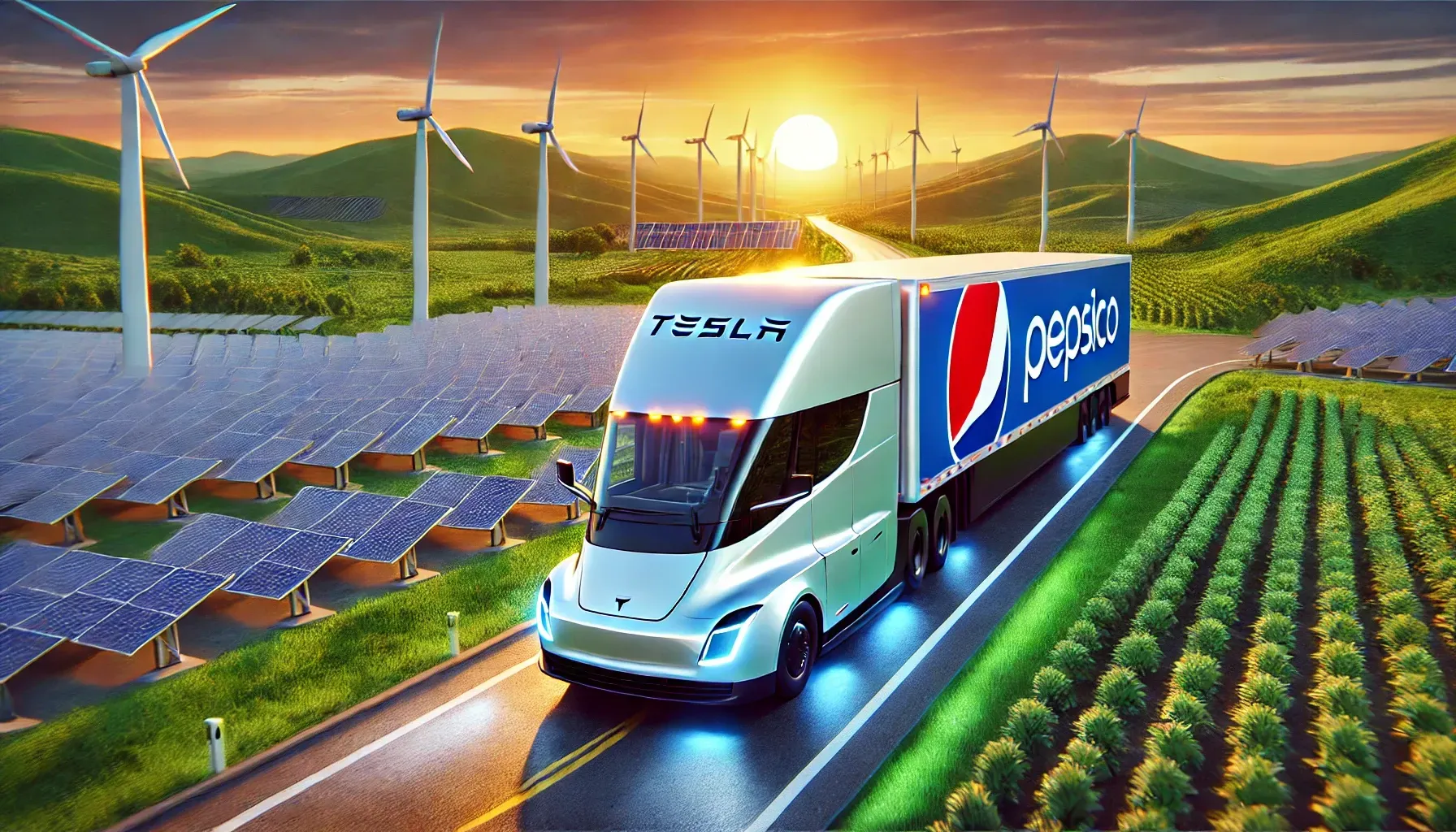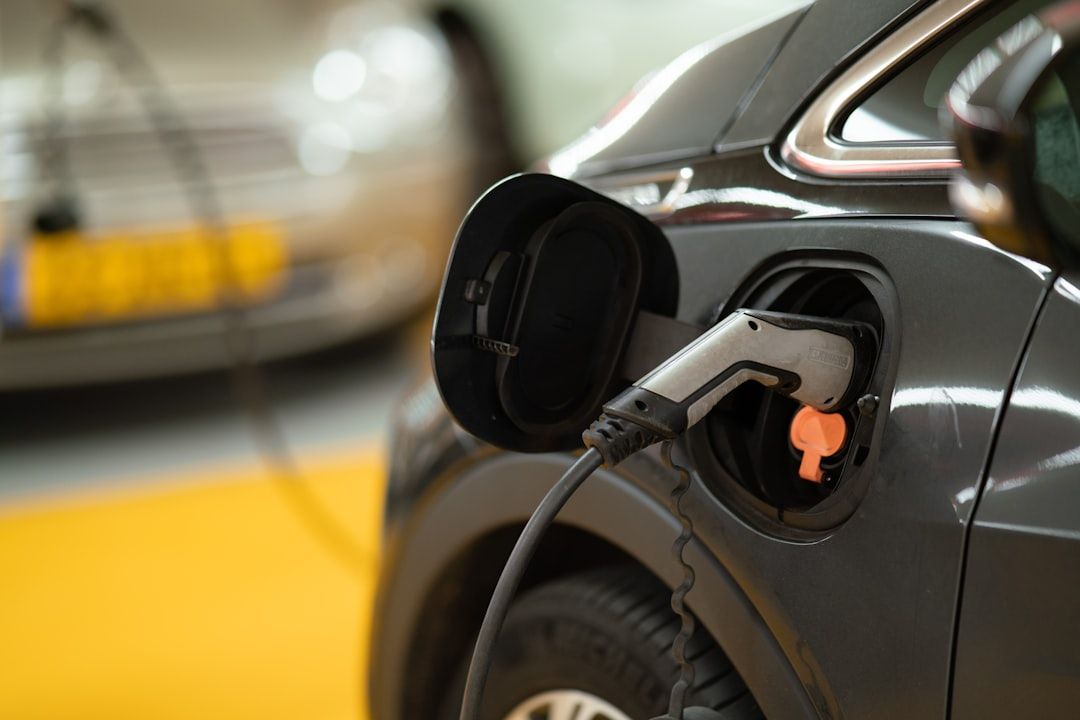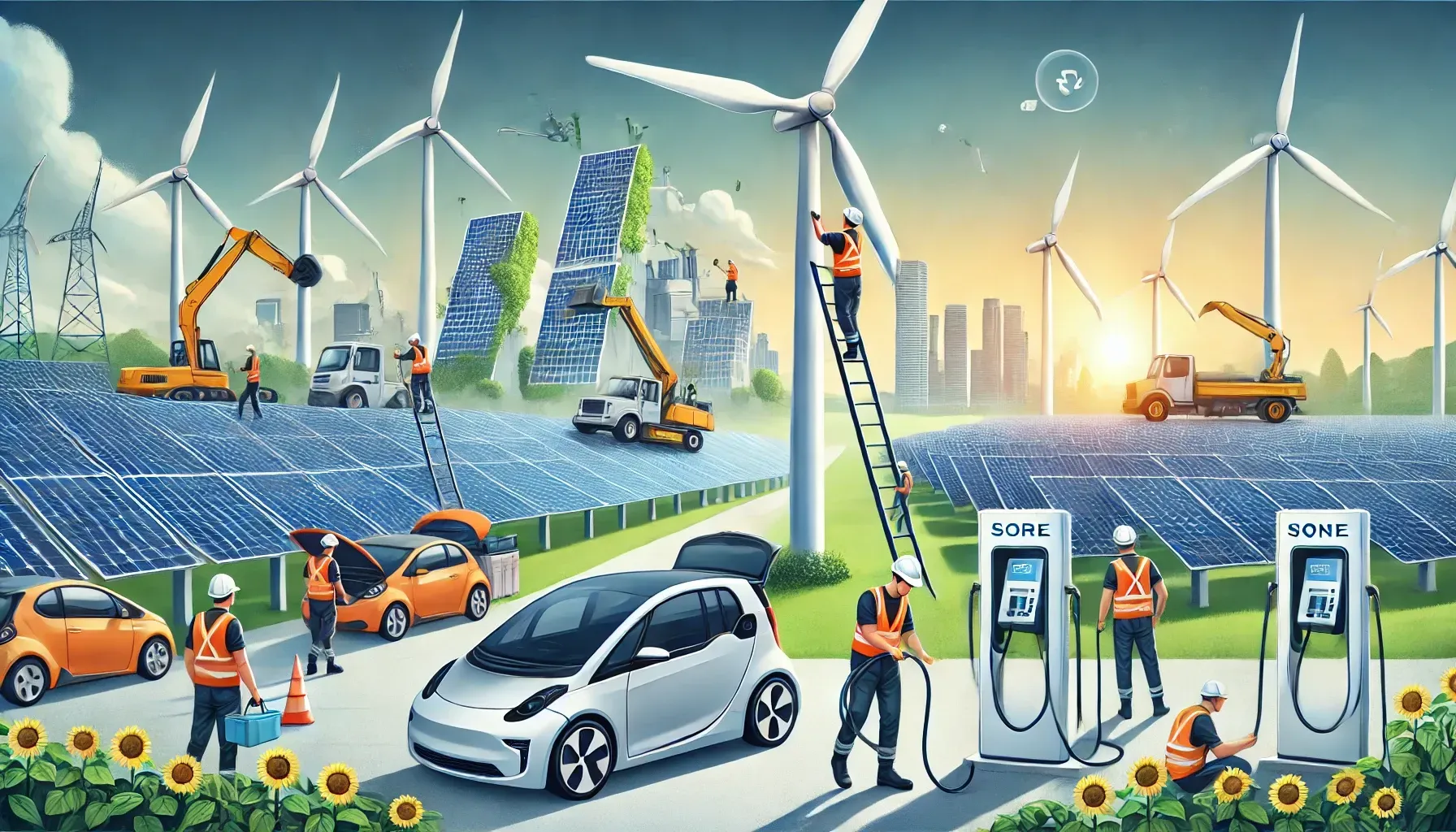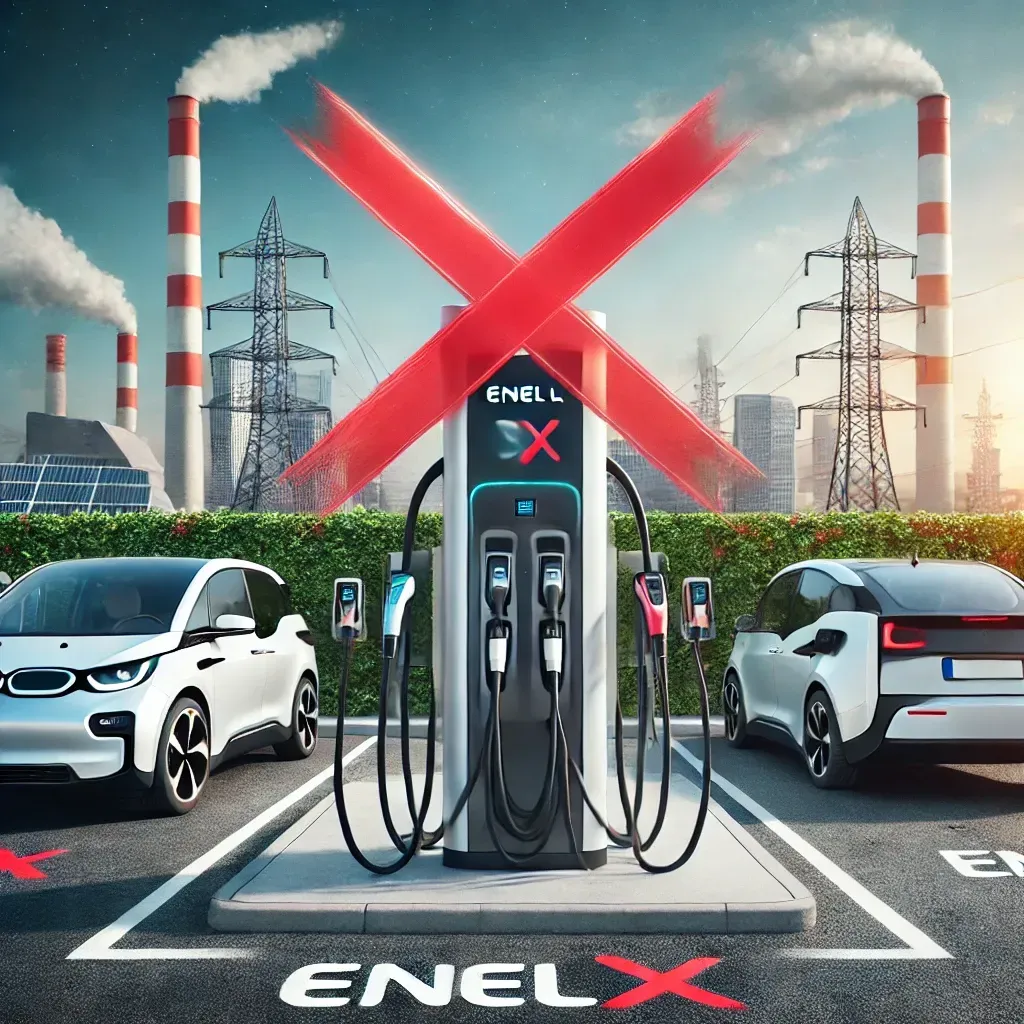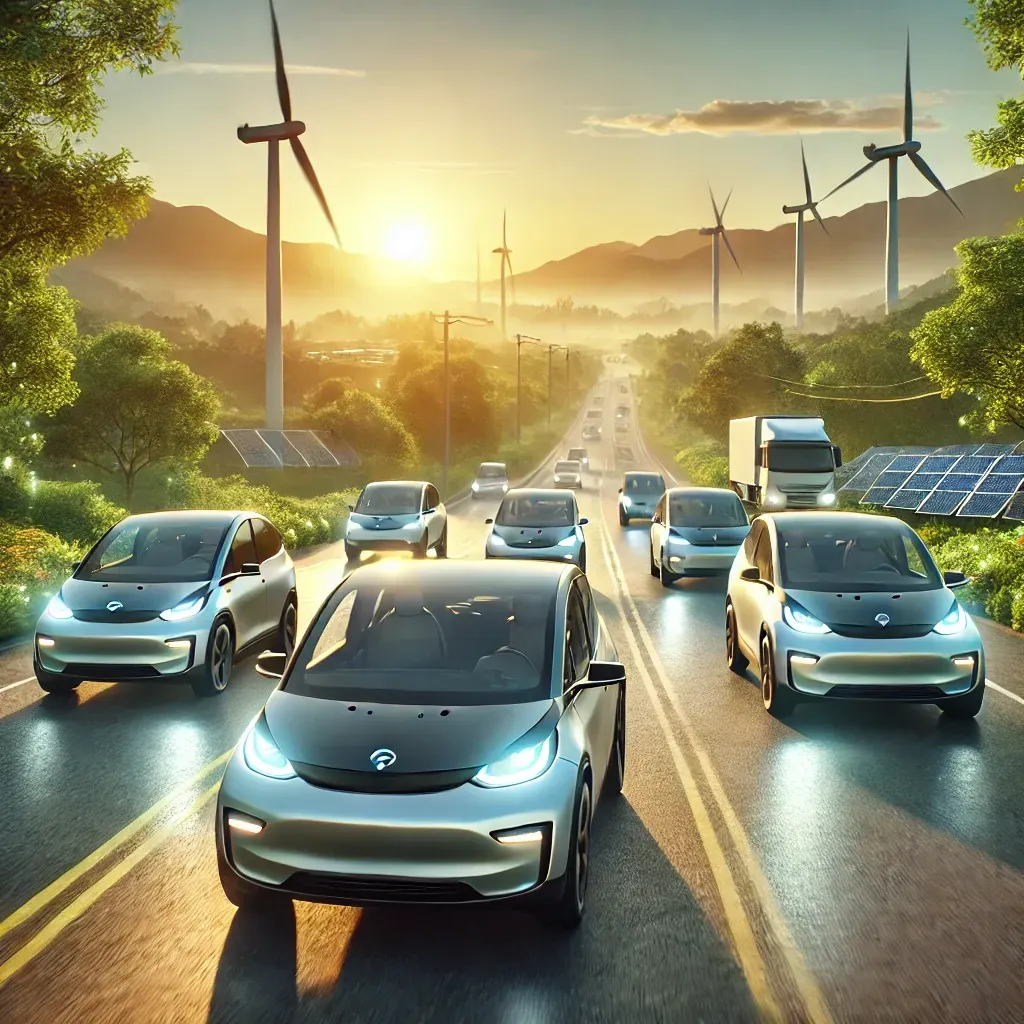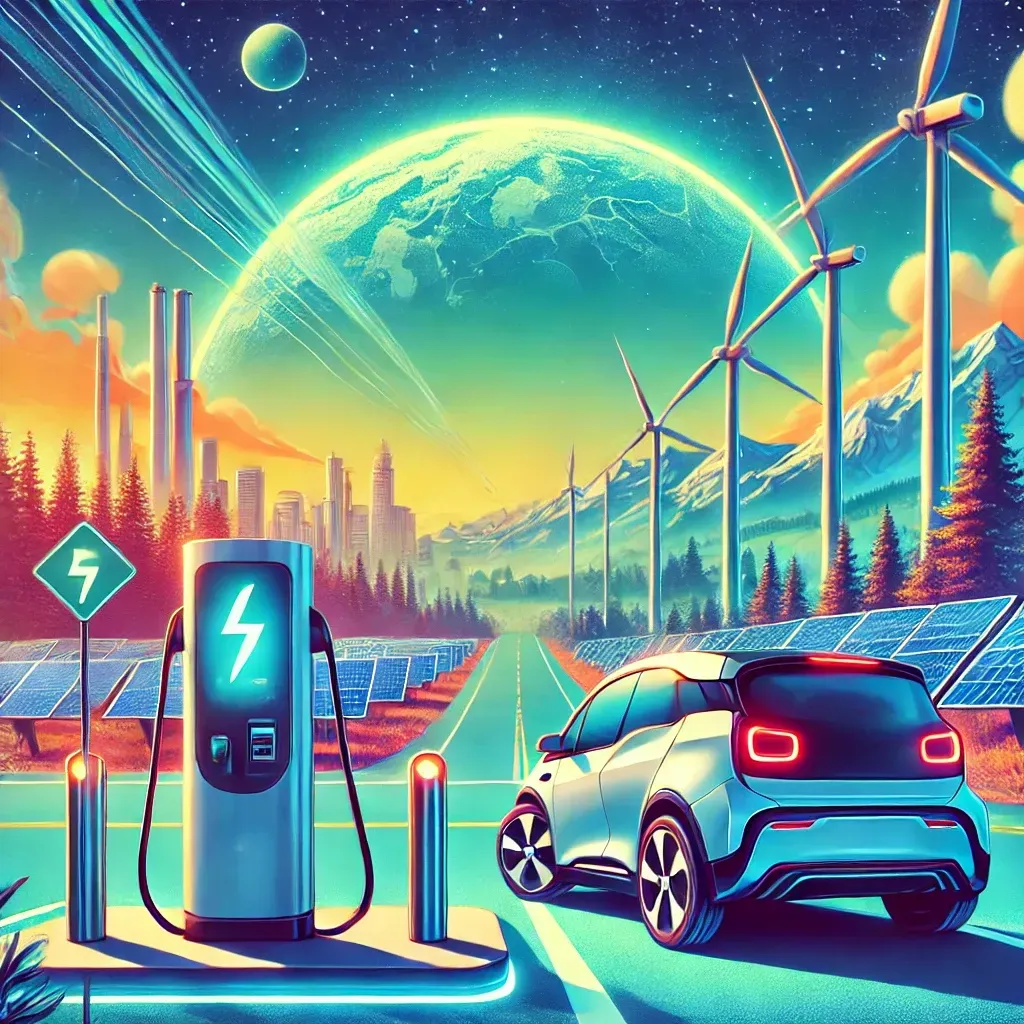Revolutionizing the Road: The Future of Electric Vehicle Battery Technology
Explore the transformative future of electric vehicle battery technology, highlighting innovations, sustainability efforts, and market predictions.
Overview of Electric Vehicle Battery Technology
The global demand for electric vehicle (EV) batteries surged to over 750 GWh in 2023, reflecting a remarkable 40% increase from the previous year. This uptrend is primarily driven by the escalating sales of electric cars, particularly in markets like the U.S. and Europe, which accounted for electric vehicle battery demand 95% of this growth. As a result, battery manufacturers are making substantial investments in research and development, with projections indicating total spending could exceed $100 billion by 2030 to enhance both production capacity and technological advancements. The transition to electric vehicles is further supported by government incentives aimed at minimizing carbon emissions and fostering renewable energy adoption.
These advancements in battery technology are critical as they form the backbone of the EV industry. The acceleration in battery technology not only addresses the increasing energy demands of electric vehicles but also aligns with global sustainability goals. For instance, the rise of vehicles equipped with advanced battery systems promises better efficiency and lower environmental impacts as more consumers turn to electric options.
Current Dominance of Lithium-Ion Batteries
As of now, lithium-ion batteries hold a dominant position in the EV market, being the standard choice for most electric and consumer electronic vehicles. Their affordability has significantly improved over the years, making electric vehicles more competitive with traditional gas-powered cars. Notably, the energy density of lithium-ion batteries has advanced, enabling many electric vehicles to achieve ranges exceeding 300 miles on a single charge.
However, despite their current dominance, concerns regarding the vulnerabilities in the lithium supply chain have prompted manufacturers to explore alternative chemistries. For example, companies are researching ways to diversify their battery compositions to mitigate risks associated with lithium sourcing and market fluctuations. The push for more secure supply chains is essential for ensuring the sustainability and reliability of electric vehicle technologies in the long term.
Innovations in Battery Technology
Innovations in battery technology are crucial as they pave the way for safer, more efficient electric vehicles. Solid-state batteries are emerging as a notable advancement, utilizing solid electrolytes instead of liquid ones, which can enhance energy density and safety. Companies like QuantumScape are at the forefront of this development, promising faster charging times and greater energy storage in a more compact design.
In addition to solid-state technology, research is progressing on structural batteries that can be integrated into vehicle body parts, reducing weight and enhancing vehicle rigidity. For example, Chalmers University is investigating these battery designs that serve dual functions, contributing to both energy storage and structural integrity. Innovations like NAWA Technologies’ ultra-fast carbon electrodes could dramatically increase battery power capacity, allowing for charging times as short as five minutes for 80% capacity. These advancements not only improve performance but also align with consumer needs for faster and more efficient charging solutions.
 The Rise of Alternative Battery Technologies
The Rise of Alternative Battery Technologies
Alternative battery technologies are gaining traction as manufacturers aim to diversify their offerings and address specific market needs. Sodium-ion batteries, for instance, are emerging as a cost-effective alternative due to their lower production costs and reduced reliance on critical minerals like lithium. Major manufacturers such as CATL and Northvolt are investing heavily in their development, recognizing their potential for broader applications in the EV sector.
Lithium-iron-phosphate (LFP) batteries are also projected to experience significant growth, expected to increase their market share from 6% to 30%. These batteries are appreciated for their safety and sustainability, despite having a lower energy density compared to nickel-manganese-cobalt (NMC) batteries. Additionally, dual-ion batteries (DIB) are being explored for their capability to offer fast charging and high energy density, making them a promising alternative as the market continues to evolve. The variety of technologies available allows manufacturers to cater to different consumer preferences and market demands.
Sustainability and Environmental Impact
As the demand for critical minerals like lithium, cobalt, and nickel rises, so does the concern over their environmental and ethical implications. By 2023, lithium demand for batteries reached 140 kt, constituting 85% of total lithium demand. This has led to increased scrutiny and efforts to improve the sustainability of battery production. Battery recycling is becoming a focal point as more EV batteries reach the end of their life cycle, with significant initiatives underway to enhance recycling processes, particularly within the European Union.
Additionally, research into sustainable materials is being prioritized, such as the use of copper cellulose in solid-state batteries, which aims to reduce reliance on harmful mining practices. Companies like IBM Research are even exploring seawater-extracted batteries, which could outperform traditional lithium-ion batteries in both cost and efficiency. These efforts not only aim to improve the sustainability of the battery supply chain but also contribute to reducing the overall environmental footprint of electric vehicles.
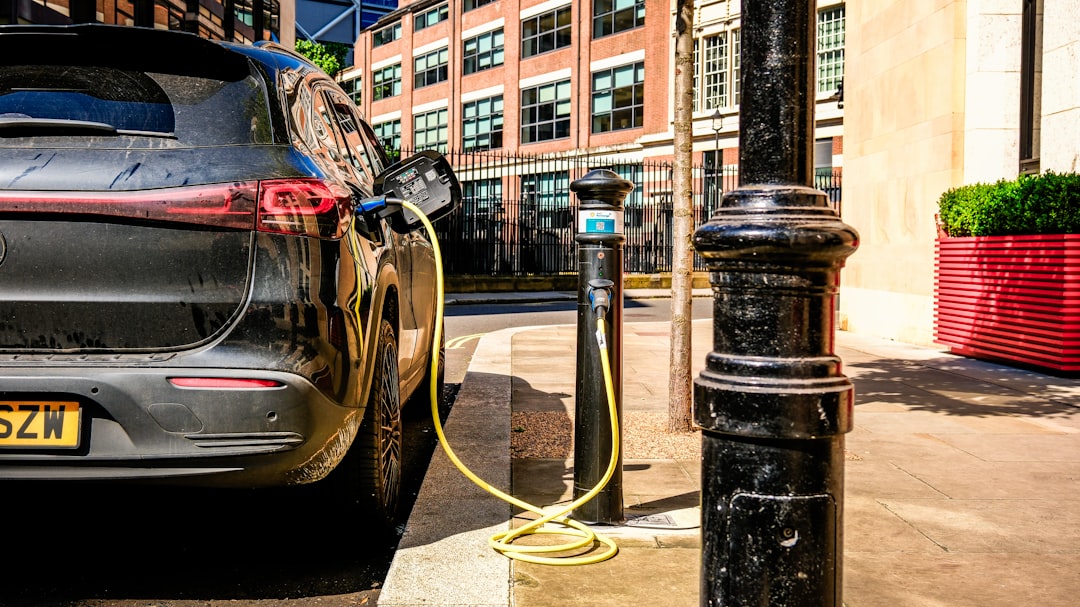 Future Trends and Market Predictions
Future Trends and Market Predictions
Looking ahead, the electric vehicle market is set for substantial growth, driven by innovations in battery technology that promise improved performance and sustainability. By 2024, significant advancements are expected, particularly in solid-state and alternative battery chemistries, fueled by collaboration among academia, industry, and government stakeholders. Battery prices have already started to decline, with a nearly 14% drop in 2023 attributed to stabilizing critical mineral prices, reversing previous trends of rising costs.
The introduction of vehicle-to-grid (V2G) technology is anticipated to further enhance the utility of EV batteries, allowing them to supply energy back to the grid during peak demand periods. The increasing competition between various battery chemistries is likely to accelerate innovation, leading to better, cheaper, and more sustainable battery options for consumers. As the industry continues to evolve, these advancements will play a crucial role in facilitating the widespread adoption of electric vehicles.
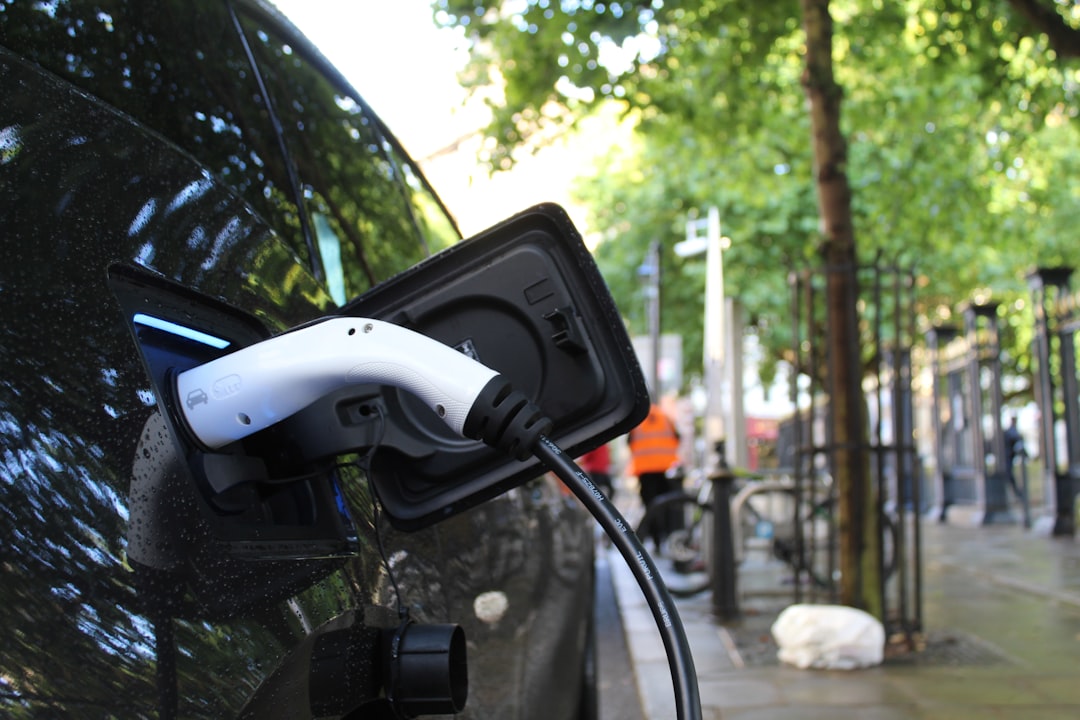 Implications for the Future of Electric Vehicles
Implications for the Future of Electric Vehicles
The future of electric vehicle battery technology is on the brink of transformational changes. With solid-state batteries, alternative chemistries, and recycling initiatives at the forefront of innovation, the trajectory of the EV market looks promising. These advancements will not only enhance vehicle performance but also significantly reduce environmental impacts, making electric vehicles more appealing to consumers. Continued collaboration between automotive manufacturers, research institutions, and governments will be essential in driving forward these technological innovations and ensuring a sustainable future for electric vehicles.
Made With 💚 Relevant Systems
